Sheet Metal Fabrication Services
From prototyping to on-demand manufacturing of sheet metal parts, XinCheng offers custom sheet metal fabrication services. We can fabricate sheet metal for you at a reasonable price.
- ISO certified
- Instant quotation
- Free DFM analysis
- Rapid lead time
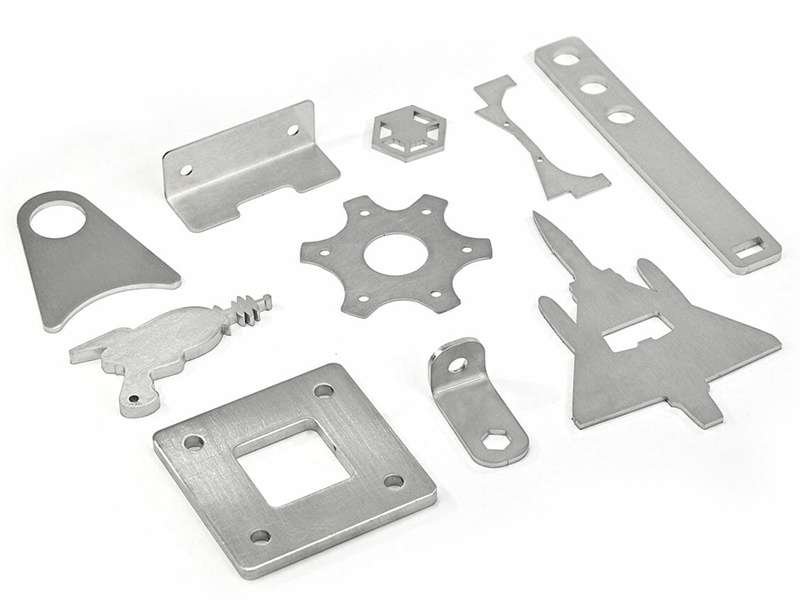
Our Sheet Metal Fabrication Process
At Xincheng, we use sheet metal manufacturing processes that ensure your products reach the market smoothly. As a leading sheet metal fabricator, we offer endless capacity for metal fabrication. Our immense production capacity guarantees rapid shipment and delivery, regardless of the volume ordered.
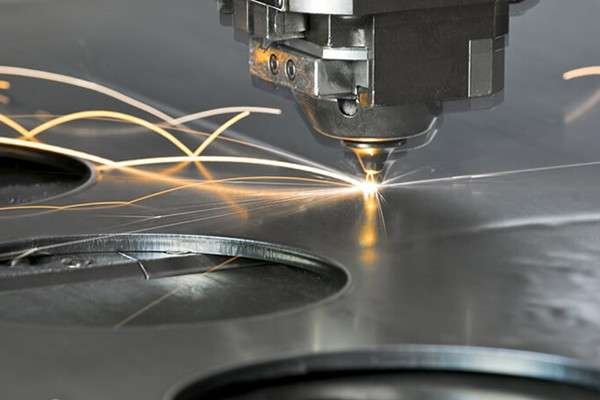
Laser Cutting
At XinCheng, we use laser cutting to create metal parts and prototypes with high precision, tolerance, and accuracy.

Plasma Cutting
This sheet fabrication uses superheated gas to shape metal parts. Cut parts often require little to no secondary finish.
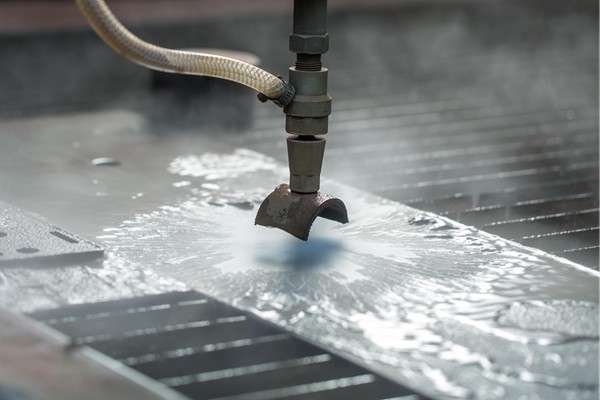
Waterjet Cutting
This process cuts metal with a powerful stream of water. We use waterjet cutting to fabricate metal parts with high quality.
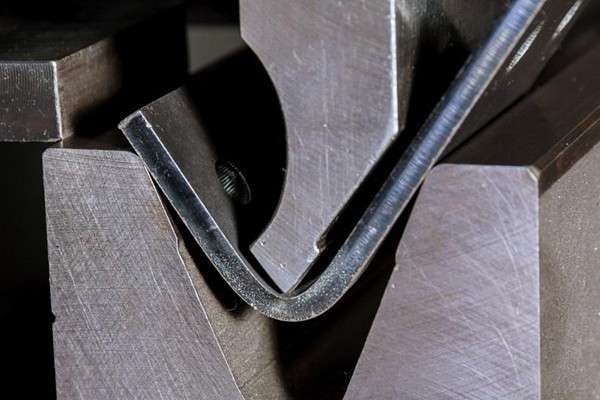
Bending
Bending as a metal fabrication process is ideal for shaping stainless steel, steel, aluminum parts, and other metal sheets.
Why Choose XinCheng's Sheet Metal Fabrication Services?
-
Reliable Engineering SupportWe offer online customer assistance for all of your custom sheet metal prototyping and part manufacturing needs. At XinCheng, our experts offer specific recommendations to help you cut costs at all stages of product development.
-
Customized SelectionOur Sheet metal fabricating factory in China provides a full sheet metal project solution with various material options. We also offer a wide range of surface finish options to meet different s.
-
Quality GuaranteeWith an ISO-certified sheet metal manufacturing facility, we can provide material and complete inspection reports for all dimensions and parts upon request. You can always rely on XinCheng to create parts that satisfy your needs.
-
Reliable DeliveryOnce the sheet metal parts are machined, we will ship them to you immediately. With XinCheng, no worries about project management, quality, or shipping, as we care for all those for you.
Sheet Metal Fabrication Standards
XinCheng’s custom sheet metal fabrication services are in line with ISO 2768-m standards, guaranteeing component manufacturability and precision of sheet metal prototypes and parts.
| Dimension Detail | Imperial Units | Metric Units |
|---|---|---|
| Over formed part, multiple surfaces | ± 0.030 in. | ± 0.762 mm |
| Edge-to-feature, multiple surfaces | ± 0.030 in. | ± 0.762 mm |
| Bend to edge/hole, single surface | ± 0.010 in. | ± 0.254 mm |
| Edge to the hole, single surface | ± 0.005 in. | ± 0.127 mm |
| Hole-to-hole, single surface | ± 0.005 in. | ± 0.127 mm |
| Edge-to-edge, single surface | ± 0.005 in. | ± 0.127 mm |
Note: Sharp edges will often be deburred and fractured. Please note and indicate in your drawing any vital edges that you would like to be left sharp.
Sheet Metal Fabrication Materials
Regardless of usage or requirements, you can count on XinCheng to assist you in locating the proper material for your sheet metal components. The following is a list of the common materials we offer for custom sheet metal fabrication.
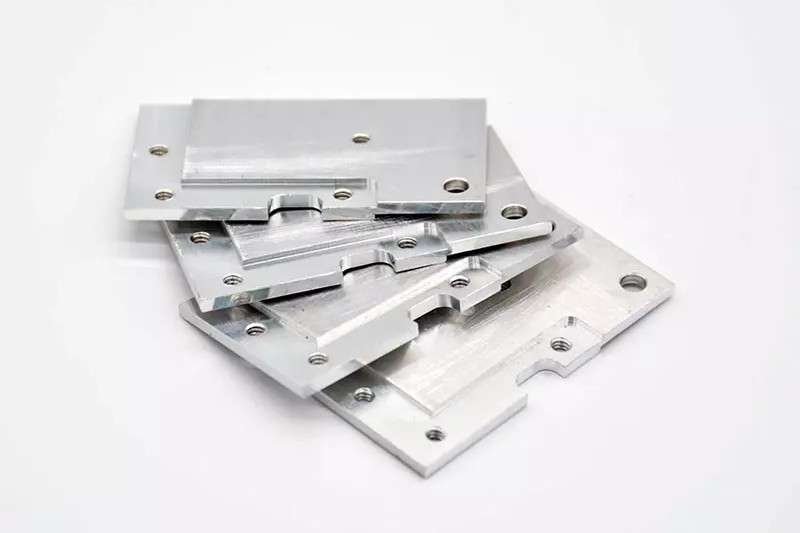
Aluminum
Aluminum being a lightweight metal, has several desirable qualities, making it one of the most popular materials for sheet metal fabrication parts. It is also recyclable, thereby generating the least quantity of waste.
Other qualities that make aluminum stand out are its cost-effectiveness, high rate of production, low resistance rates, and high thermal conductivity. Ideal grades of aluminum for this process include 5052, 6061, and 7075.
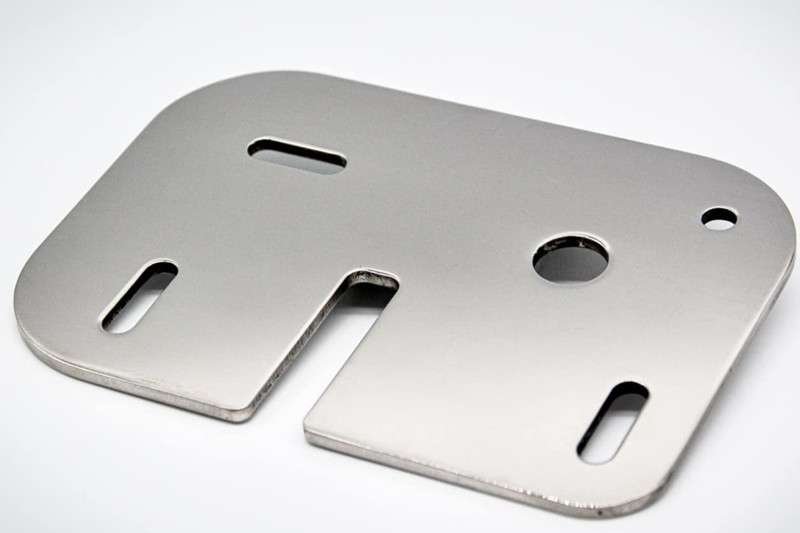
Steel
Steel has several advantages for industrial uses, such as hardness, durability, heat, and corrosion resistance. Steel sheet metal is the best material for creating intricate designs and elements that need to be extremely precise. Moreover, steel is inexpensive to deal with and has superior polishing qualities.
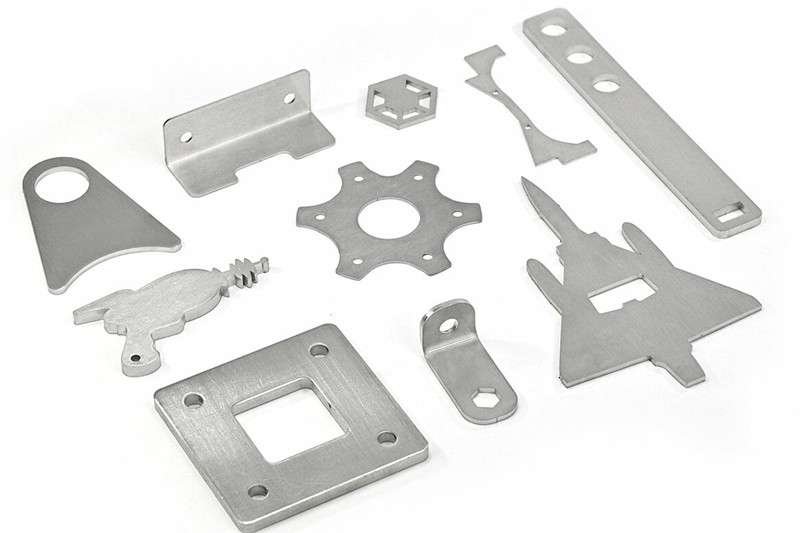
Stainless Steel
Stainless steel has a minimum of 10% chromium by weight. Due to its material characteristics, stainless steel is popular in several industries, including building, automotive, aerospace, and more. These sectors can use stainless steel, a versatile material, for various applications. Stainless steel grades ideal for sheet metal engineering include; 304, 301, and 316.
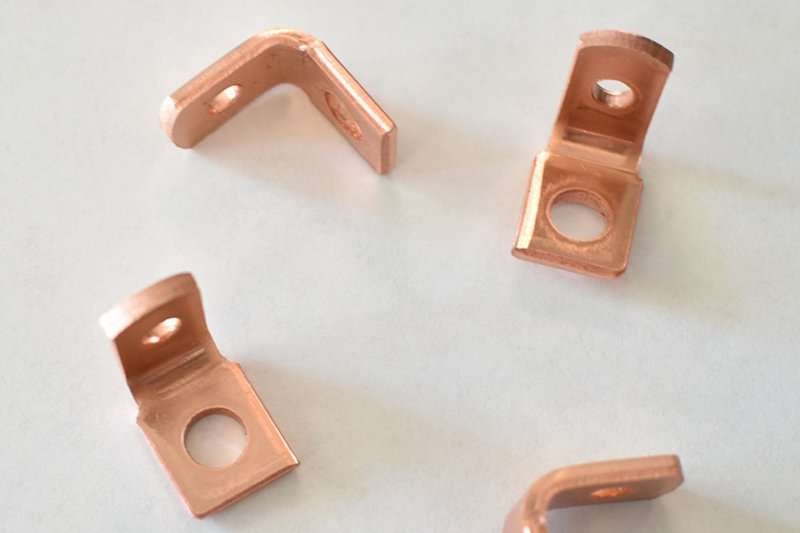
Copper
Copper offers good ductility and malleability necessary for sheet metal fabrication. It also provides excellent electrical and heat conductivity, making it the go-to metal for fabricating products with high conduction requirements. Due to its anti-bacterial and biostatic attributes, the C1100 copper grade finds extensive use in the sheet metal fabrication industry.
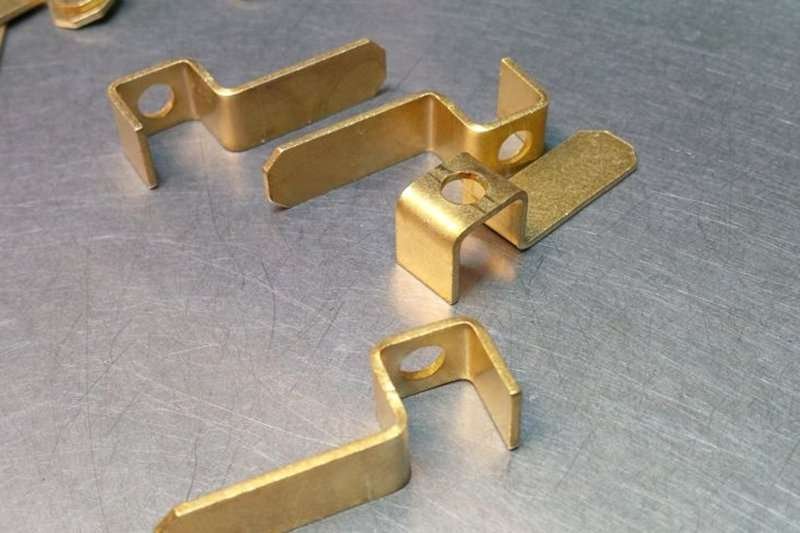
Brass
Brass is corrosion-resistant, highly malleable, spark and wear-resistant, with excellent electrical conductivity. It also has low friction, which makes it desirable for several purposes. Brass grades; C28000 and C27400 are ideal for sheet metal fabrication.
Sheet Metal Fabrication Surface Finishing Options
Select from a wide range of finishing options that change the sheet metal parts’ finished surfaces. Applying surface finish to product parts increases corrosion resistance, improves aesthetic appeal, and reduces cleaning time.
| Name | Description | Materials | Color | Texture |
|---|---|---|---|---|
| Anodizing | Anodizing increases wear resistance, hardness, and corrosion resistance while preserving the metal's surface. | Aluminum | Gold, blue, clear, black, red, grey | Matte smooth finish |
| Bead Blasting | It leaves the surface of parts or products with a matte smooth finish. Mostly used for visual purposes. | Steel, Stainless steel, Aluminum, ABS | N/A | Matte |
| Brushing | In this surface-treatment technique, rough belts are utilized to leave marks on a material's surface. This is typically done for aesthetic reasons. | Steel, Stainless Steel, Aluminum, Brass, Copper | N/A | Satin |
| Electroplating | It includes options for decorative and functional electroplating, etc. Chrome plating is also an example of electroplating, which is a process of manipulating properties through electrical tooling. | Stainless Steel, Steel, Aluminum | Black, Grey, Clear, Gold, Blue, Red | Glossy, smooth finish |
| Polishing | The technique of polishing involves giving an object's surface a smooth, shiny appearance through physical rubbing or chemical intervention. | Steel, Brass, Stainless Steel, Aluminum | N/A | Glossy |
| Powder Coating | Using a dry, free-flowing powder, powder coatings are one type of coating. Powder coating is often applied electrostatically and subsequently hardened by heat or UV light. | Steel, Stainless Steel, Aluminum | Black, Pantone number, or RAL code | Semi-glossy or glossy |
Advantages of Sheet Metal Fabrication
-
Highly DurableParts produced using sheet metal fabrication are often durable. They stand the test of time, regardless of usage, whether end use or prototyping.
-
Variety of Surface Finishing OptionsThere is a wide variety of surface finishes with sheet metal fabrication. These include powder coating, custom finishes, anodizing, electroplating, bead blasting, and polishing.
-
Scalability and FlexibilitySheet metal fabrication has a low setup cost. This also translates to the low cost of parts production regardless of volume.
-
Material Selection and Thickness OptionsCopper, aluminum, stainless steel, steel, and brass are some of the material options available for sheet metal fabrication. Also, it allows the fabrication of metals up to 300mm in thickness.
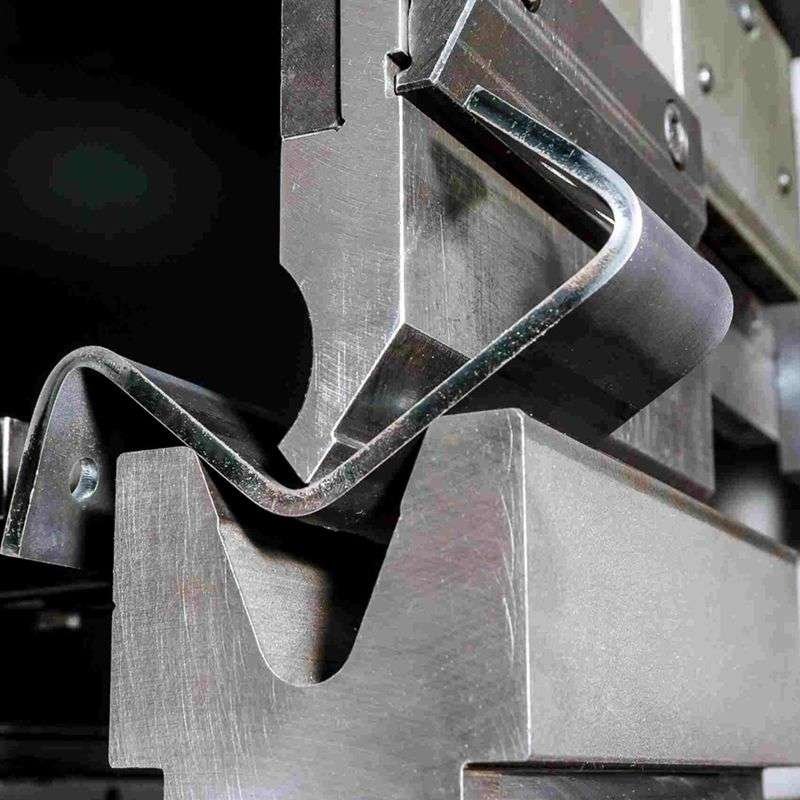
Sheet Metal Fabrication FAQs
The material thickness ratio to the neutral axis is the K factor in the sheet metal process. This number fluctuates depending on the various physical traits and material thicknesses used.
The permissible variations for sheet metal part features required for accurate and dependable installation and integration are known as tolerances for sheet metal fabrication. For sheet metal products, ISO 2768-mk is often used to ensure precise control of the geometry and size components.
Every sheet metal fabrication project, including the design, potential prototype, surface finishing options, and others, has a corresponding cost. Beyond the cost of the process itself, materials are also expensive.
A part that is simply cut using a laser cutter often costs less money than one that is cut, bent and punched. The cost won't increase much because most sheet metal products need many forming processes.

